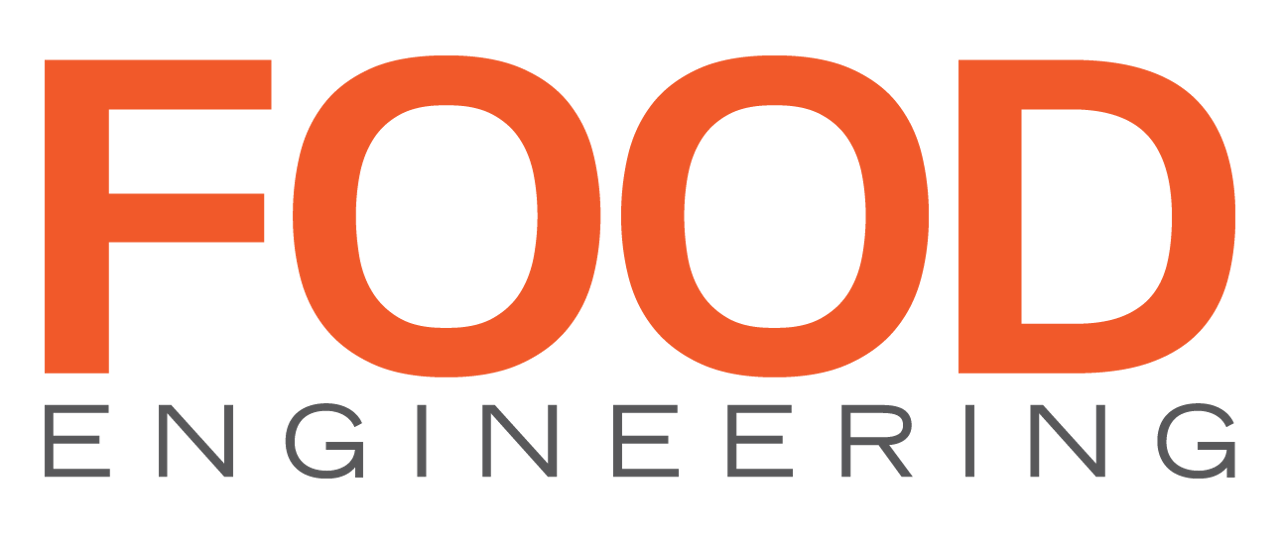May 2022
Progressive
Pet Food Packaging
Pets don’t make buying decisions—people do. See why packaging plays an important role in grabbing the attention—and dollars—of pet owners today.
Photo courtesy of Bright Planet Pet
The continued growth of boutique and niche pet food brands the past few years has made for crowded competition at brick-and-mortar stores and online retailers. Gone are the days of limited choice among a handful of legacy brands, with equally limited packaging options. Today’s pet owners are seeking eye-catching aesthetics, interactive labels and sustainable materials incorporated into their pet food packaging.
“Within the last decade, pet food packaging has seen a significant decline in multiwall paper and a concurrent increase in laminated plastic bags and pouches,” says Bill Kuecker, VP of marketing, North America, Mondi. “The number of brands and SKUs has exploded in the last 10 years and brand owners have worked aggressively to add features and graphics to packaging to help differentiate their product in this hyper-competitive marketplace.”
One of those brands using packaging to actively stand out on store shelves is Bright Planet Pet, a woman-owned dog treat company founded in March 2020 by Katherine Ellison and her husband Dave. The company’s snacks—which are 100% plant-based, vegan and come in bratwurst, burger and BBQ chicken flavors—are packaged in recyclable resealable pouches.
Michael Costa, editor-in-chief

“Sustainability is a core value of Bright Planet Pet,” says Katherine Ellison. “When we launched our product, we knew we’d want to switch to a sustainable option as soon as we could commit to running larger quantities of bags. When that time came, we decided to choose a store drop-off recyclable bag. Our customers care about recycling and are likely to bring packaging back to their local grocery store to be recycled.”
Bright Planet Pet also uses its packaging to promote additional sustainable initiatives, further differentiating it for consumers. “We have a ‘Buy a Bag, Plant a Tree’ program with the Eden Reforestation Projects. We call that out on the front of our bag, and provide more information about that program on our website,” Katherine Ellison says, adding that in 2021, the program led to 15,581 trees planted. The company is aiming for 100,000 trees by the end of this year.
Bright Planet Pet makes vegan dog treats sold in recyclable pouches that can be dropped off in any grocery store bag recycling bin. The company was founded in 2020 by Katherine Ellison (R) and her husband, Dave (L). Photo courtesy of Bright Planet Pet
“The share of pet food packaging with sustainable claims has increased, though the percentages may vary from market to market,” adds Sergey Chaplin, senior marketing manager, flexible packaging, Huhtamaki. “The trend is set by the category captains—Mars and Nestlé—who made strong environmental pledges and are committed to push further with reduced-reused or fully recyclable packaging. Also, smaller specialist premium brands are using sustainability as differentiating platform in their marketing communications.”
While sustainability is the highest-profile element of pet food packaging today, below are some additional trends that are top of mind among manufacturers, with many driven by current pet-parent demands.
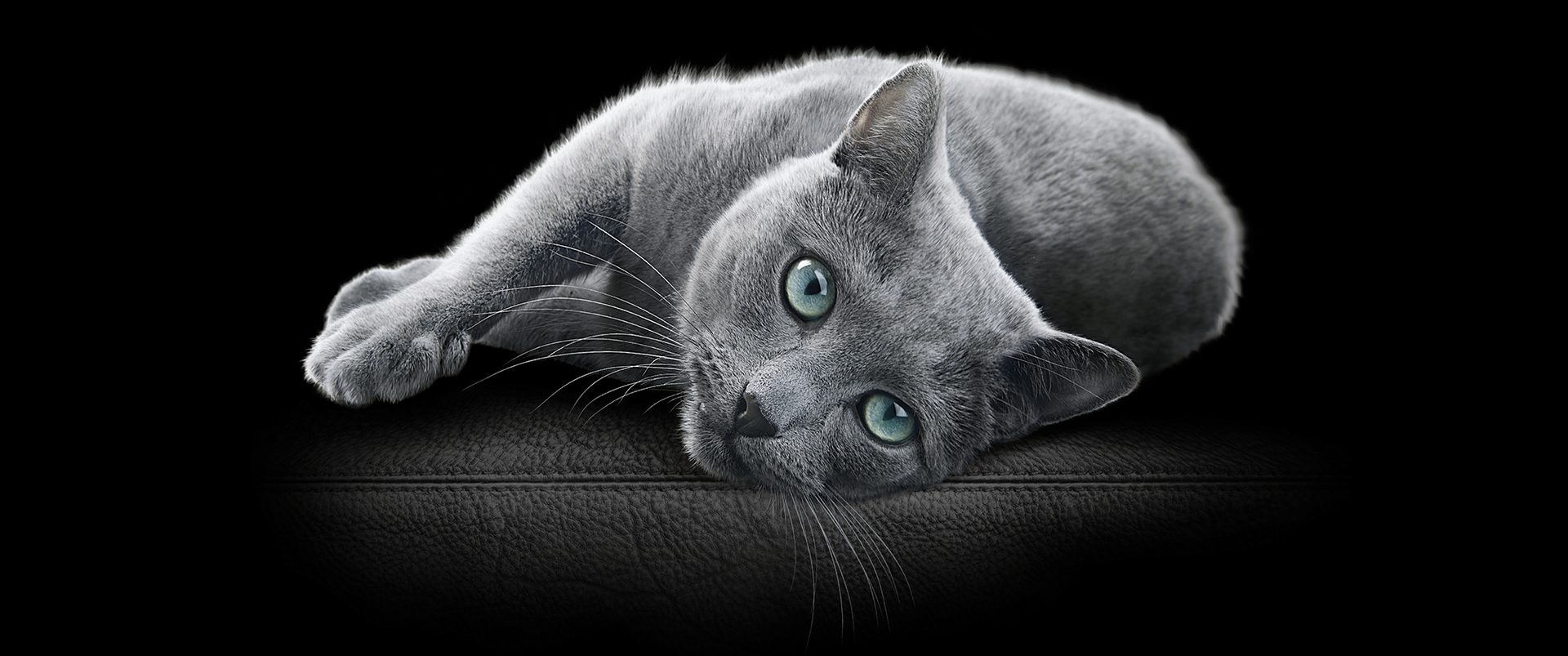
The rise in pet adoptions since early 2020 has made pet food packaging more important than ever, since many new pet parents unfamiliar with the market are drawn to packaging aesthetics in making their initial buying choices. Photo courtesy of Mars Petcare

Evolution of Materials
The growth of the raw pet food category—using a high-pressure processing (HPP) manufacturing method—has opened the door to pet food packaging previously seen in fresh and frozen foods, according to Kuecker, but traditional packaging is still the foundation of the pet food industry, and those materials are consistently being streamlined.
“The consumer pet food marketplace has seen extensive growth in sub-category and niche products. However, the most common packaging options of cans, multiwall paper bags, pre-formed laminated plastic bags, woven polypropylene bags, rigid plastic containers and form-fill-seal packages have remained relatively constant in North America. Each packaging style has evolved in the last decade as brands intensely compete for consumers while retaining or enhancing production and distribution efficiencies,” explains Kuecker.
Chaplin adds that, “In terms of standard industry packaging types, like metal, flexible and others, there hasn’t been a massive shift in new materials, as traditional types still dominate the category landscape. However, in regards to the individual packaging ranges with special claims, like circular, sustainable or fit for recycling, we’ve seen a strong increase in SKU numbers. Likewise, the packaging with extra consumer benefits, like retortable pet food pouches, have made entry into some of the developed markets.”
An example of a monomaterial, premium reclosable pet food bag, made of polyethylene with ample room for logos and graphics to enhance shelf appearance. Photo courtesy of Mondi
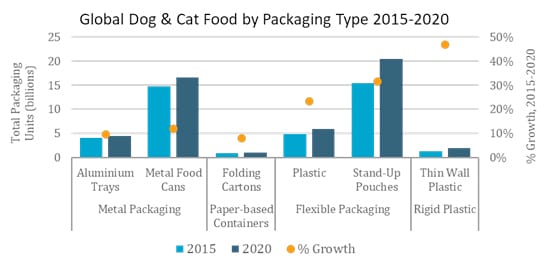
Container Size and Convenience
Larger, more ergonomic packaging options continue to gain traction with pet owners as bulk-buying remains a steady shopping habit for consumers. “The convenience factor still has a greater role in some markets, where pet-owners are prone to bulk-buying and stocking up on their routine shopping missions. Hence, reliable portability of LSC—large-size containers—in pet food becomes important,” Chaplin says. “To address this, we recently developed a LSC pet food pouch (>2 kg/4.4 lbs.) with foldable carrier handles which showed excellent results during consumer trials. Another example is the development of retortable pet food pouches in some markets, which could be seen as a response to the ongoing humanization of pet food and growth in convenience demands.”
Stand-up pouches and metal food cans remain the top choices for pet food containers, while all six of the top pet packaging materials have seen growth in recent years. Chart courtesy of Euromonitor
“Brands have an opportunity to define their company values through packaging.“ — Katherine Ellison, founder & CEO, Bright Planet Pet
Labeling and Interaction
Bright Planet Pet is a prime example of a newer, upstart brand looking to catch the eyes of shoppers with striking colors and graphics on its packaging. “It’s really important to have your product stand out on the shelf,” notes Ellison. “The Bright Planet Pet logo was designed to be bold and colorful. When we designed our bag artwork, we chose neon colors and a white background to allow our logo and artwork to pop. We also use windows on the front of our bag in fun shapes, like a burger, brat and chicken leg, to convey to customers what flavor our treats are.”
Coincidentally (and perhaps fortuitously), Bright Planet Pet launched at the beginning of the pandemic, when pet ownership increased significantly due to stay-at-home mandates. Recent research on premium pet food consumers conducted by Mondi and Dow in 2021 “clearly showed the increased consumer importance of packaging features and appearance in the consumer decision process,” Kuecker says. “This was especially true of ‘pandemic pet parents’ who got their first pet within the last two years. Many of these consumers are still in the trial phase of pet food selection and are more reliant on pet food appearance and features than long standing pet parents as they make their purchasing decisions.”
Other industry initiatives, according to Chaplin, include “recycled labels—they are rapidly becoming another differentiating tool in the category, as pet owners show greater consumer sensitivity to the environmental and circular packaging claims. Also, as consumers becoming more concerned about the pet diets and complete product transparency, digital printing, digital labels and QR codes promise extra growth potential to the packaging converters catering to the category.”
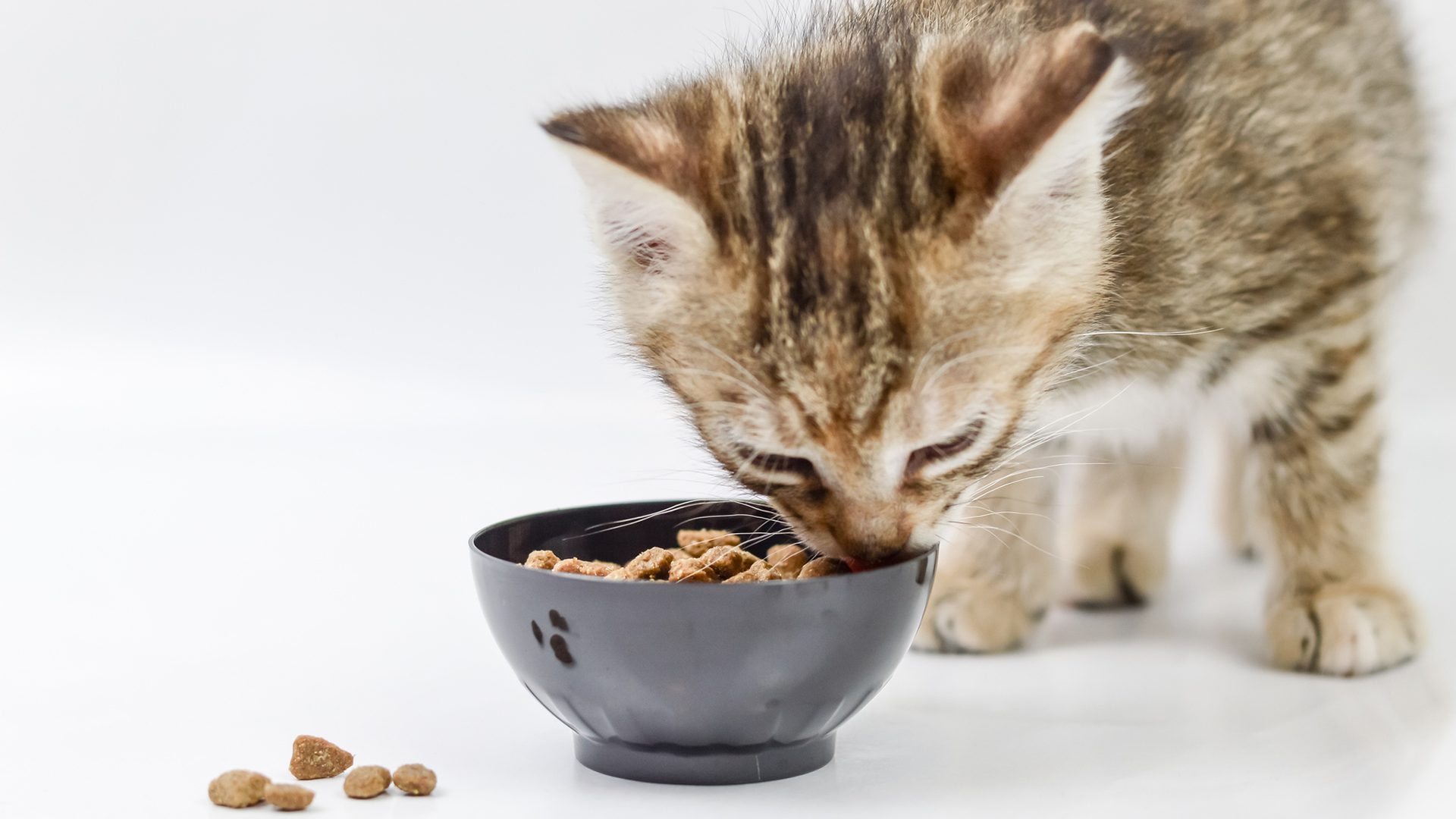
Although this kitten likely doesn't eat a high volume of food each day, its owner may seek bulk packaging for pet food to reduce their carbon "pawprint" with fewer trips to the store or deliveries to home. Photo courtesy of Getty Images/sebastianosecondi
Looking Ahead
While sustainability in pet food packaging continues to evolve, other areas to watch include humanization of pet food (as Chaplin noted earlier) which will lead to packaging innovations focused on maintaining freshness over longer periods of time, since that food will have fewer preservatives and more organic, natural ingredients—just like human food.
Chaplin also mentions demand for lightweight pouches with supreme barrier qualities that are also fully recyclable, compostable or marine biodegradable will increase.
Kuecker predicts that “additional brands will seek ship in own container (SIOC) compatible packaging as well as the utilization of advanced printing and coating technology to further differentiate pet food products on shelves."
Finally, from a pet food manufacturer’s viewpoint, Ellison emphasizes the importance of packaging as an overall company strategy today, and not just a vessel to transport food like it may have been in the past. “Brands have an opportunity to define their company values through packaging,” she says, “and Bright Planet Pet keeps that top of mind when making decisions on what materials to use.” FE
may 2022
